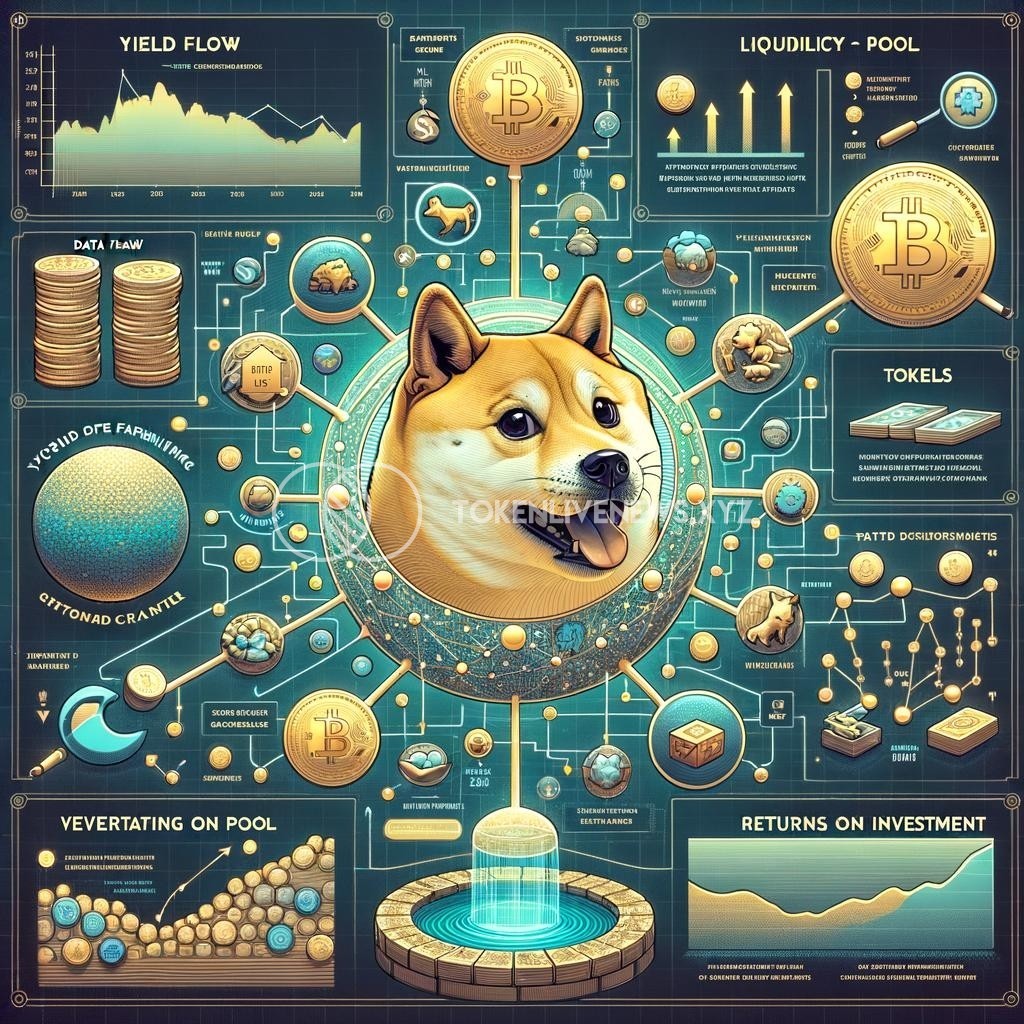Title: The Rise of Dogecoin: Navigating the Viral Success of DOGE
Introduction:
In the world of cryptocurrency, few have witnessed an ascent as remarkable and, some might argue, as unexpected, as that of Dogecoin. Initially created in 2013 as a lighthearted and meme-inspired digital currency, Dogecoin has experienced a meteoric rise, attracting a fervent community of supporters and garnering significant media attention. This article delves into the factors that fueled Dogecoin’s surge, examines its viral success, and explores the implications for both cryptocurrency enthusiasts and the wider financial landscape.
A Humble Beginning:
Born out of an internet meme featuring a Shiba Inu dog, Dogecoin was created by Billy Markus and Jackson Palmer with the intention of satirizing the excessively serious nature of the cryptocurrency industry. Despite its humorous origins, Dogecoin was not intended to be merely a joke but rather a fun and accessible digital currency for people to exchange online. Over time, it gained a small but loyal following due to its approachability, community-driven ethos, and philanthropic initiatives.
Pop Culture Momentum:
While Dogecoin had a dedicated user base, its viral success can be partially attributed to its endorsement by celebrities and influencers. High-profile figures such as Tesla CEO Elon Musk, billionaire Mark Cuban, and rapper Snoop Dogg took to social media, tweeting and posting about Dogecoin, which only fueled the frenzy. This amplified publicity helped Dogecoin transcend its niche status and enter the mainstream consciousness, attracting a broader range of users who were intrigued by its cultural significance.
The Power of the Community:
Key to Dogecoin’s rise has been its passionate and tight-knit community. Dogecoin holders, affectionately referred to as “shibes,” established a vibrant ecosystem through forums and social media platforms, fostering a sense of camaraderie and actively promoting the adoption of the cryptocurrency. Their collective enthusiasm and relentless dedication to spreading the Dogecoin gospel have been instrumental in propelling the coin’s popularity. Moreover, this community-driven success has demonstrated the potential for the power of collective action to influence traditional financial markets.
Volatility and Speculation:
As with any investment, the rise of Dogecoin has not been without its share of controversy and volatility. Critics argue that Dogecoin’s surge is driven more by speculation rather than its inherent value or utility. This skepticism is not unwarranted, as the digital currency lacks the technological advancements, scalability, and clear use cases that underpin more established cryptocurrencies such as Bitcoin or Ethereum. It is crucial for investors to approach Dogecoin with caution, fully comprehending its speculative nature and potential risks.
The Broader Implications:
The phenomenal rise of Dogecoin sheds light on the ever-expanding intersection between social media, finance, and digital currencies. The ability of a lighthearted meme-inspired cryptocurrency to amass a significant market capitalization and capture global attention highlights the changing dynamics of consumer engagement, market influence, and the evolving perception of value. As regulators and traditional financial institutions grapple with the emergence of digital currencies, the Dogecoin phenomenon serves as a reminder that the power of community and virality can disrupt established systems.
Conclusion:
The extraordinary journey of Dogecoin from an internet meme to a multimillion-dollar digital asset has captivated the world. The viral success of DOGE is a testament to the influence of internet culture, the power of community-driven movements, and the rapidly evolving landscape of digital currencies. While the future of Dogecoin remains uncertain, its rise has undoubtedly left an indelible mark on the cryptocurrency industry, encouraging us to rethink what defines value and the potential of meme-inspired phenomena to redefine financial markets.







